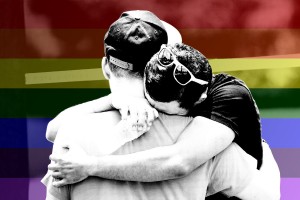Finding a Cure For Terrorism

image source: gq.com
Sometime during this unprecedented, notorious health scare, I remember my parents taking me to the local police precinct for a taste of the Sabin oral vaccine. Taking a trial drug was scary too, but not as scary as the idea of being in an iron lung. More than two million children were involved in this massive testing program and search for a cure, which was followed by the Salk vaccine. It is not incidental that this period of time gave rise to one of the most powerful and successful not-for-profit organizations – the National Foundation for Infantile Paralysis, or as it was known to all, the March of Dimes. What was so extraordinary was that the “ask” was modest – not dollars, but dimes. The cause rallied citizens from all walks of life. Consider that it might have been the first example of crowd-sourcing. This national organization focused on the afflicted children as a way of funding the care of patients and the scientific research that was ultimately successful in reducing the number of polio cases to a fraction by the mid-sixties. Some criticized its focus on the victims. Yet, it got the job done. Do we now need a global movement to combat terrorism? Can we still, without fear, go to museums and theaters, experience the arts? Take our children to the movies? Now too, is an unprecedented time, when our way of life is being threatened. Let’s hope we can come together to find a cure.


Connect with Janet